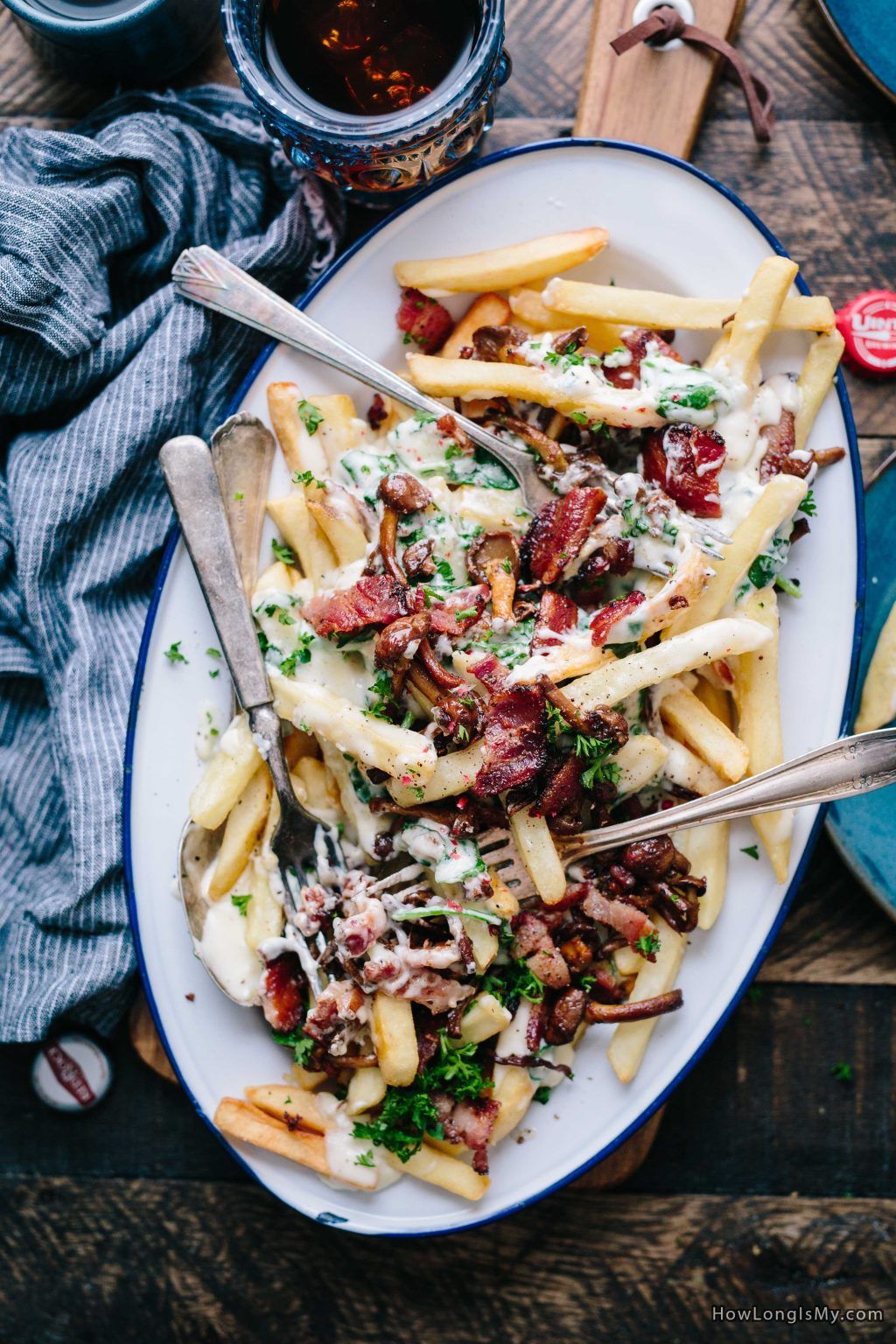The duration of food poisoning can vary depending on the specific type of bacteria or toxin involved, as well as individual factors. In general, the symptoms of food poisoning typically appear within a few hours to a few days after consuming contaminated food or water. The duration of food poisoning can range from a few hours to several days. However, some cases may last longer, especially if the illness is severe or if complications arise.
 Common symptoms of food poisoning include nausea, vomiting, diarrhea, stomach cramps, and sometimes fever. These symptoms can vary in intensity and duration based on the specific type of foodborne bacteria or toxin causing the illness.
Common symptoms of food poisoning include nausea, vomiting, diarrhea, stomach cramps, and sometimes fever. These symptoms can vary in intensity and duration based on the specific type of foodborne bacteria or toxin causing the illness.
Most cases of food poisoning are self-limiting and resolve within a few days with proper rest and hydration. It’s essential to stay hydrated by drinking plenty of fluids, especially water, to replace fluids lost due to vomiting or diarrhea. In severe cases or if symptoms persist or worsen, it’s advisable to seek medical attention.
Specific types of food poisoning, such as those caused by certain bacteria like Salmonella or E. coli, can have more serious complications and may require medical intervention. If you suspect you have food poisoning or have concerns about your symptoms, it’s best to consult a healthcare professional for appropriate diagnosis and treatment.
How to prevent food poisoning
To minimize the risk of food poisoning, it’s important to follow proper food safety practices. Here are some tips to help you avoid food poisoning:
Wash your hands
 Wash your hands thoroughly with soap and water before handling food, especially after using the bathroom, touching pets, or handling raw meats.
Wash your hands thoroughly with soap and water before handling food, especially after using the bathroom, touching pets, or handling raw meats.
Practice good hygiene
Maintain cleanliness in the kitchen and food preparation areas. Clean countertops, utensils, and cutting boards with hot, soapy water after each use.
Separate raw and cooked foods
Keep raw meats, poultry, seafood, and eggs separate from ready-to-eat foods, such as fruits, vegetables, and cooked foods. Use separate cutting boards and utensils for raw and cooked items to prevent cross-contamination.
Cook food thoroughly
Ensure that food, especially meat, poultry, and seafood, is cooked to the proper internal temperature to kill any harmful bacteria. Use a food thermometer to check the doneness of meats.
Store food properly
Refrigerate perishable foods promptly to prevent the growth of bacteria. Keep raw meats, poultry, and seafood stored separately from other foods to avoid cross-contamination. Follow proper storage guidelines for each type of food.
Be cautious with leftovers
 Refrigerate or freeze leftovers within two hours of cooking. Reheat leftovers thoroughly, ensuring they reach a safe internal temperature.
Refrigerate or freeze leftovers within two hours of cooking. Reheat leftovers thoroughly, ensuring they reach a safe internal temperature.
Choose safe water and food sources
When traveling to areas with poor sanitation, be cautious about the quality of water and the food you consume. Drink bottled or boiled water and eat food from reputable establishments.
Be mindful of expiration dates
Check the expiration dates on food products and discard any expired or spoiled items.
Be aware of high-risk foods
 Some foods are more prone to causing foodborne illnesses, such as raw or undercooked eggs, raw or undercooked meats, unpasteurized dairy products, and raw sprouts. Take extra precautions when handling and consuming these high-risk foods.
Some foods are more prone to causing foodborne illnesses, such as raw or undercooked eggs, raw or undercooked meats, unpasteurized dairy products, and raw sprouts. Take extra precautions when handling and consuming these high-risk foods.
Stay informed
Keep up-to-date with food safety information and recalls. Stay informed about potential risks and take necessary precautions.
By following these guidelines, you can reduce the risk of food poisoning and promote safer food handling practices in your daily life.
